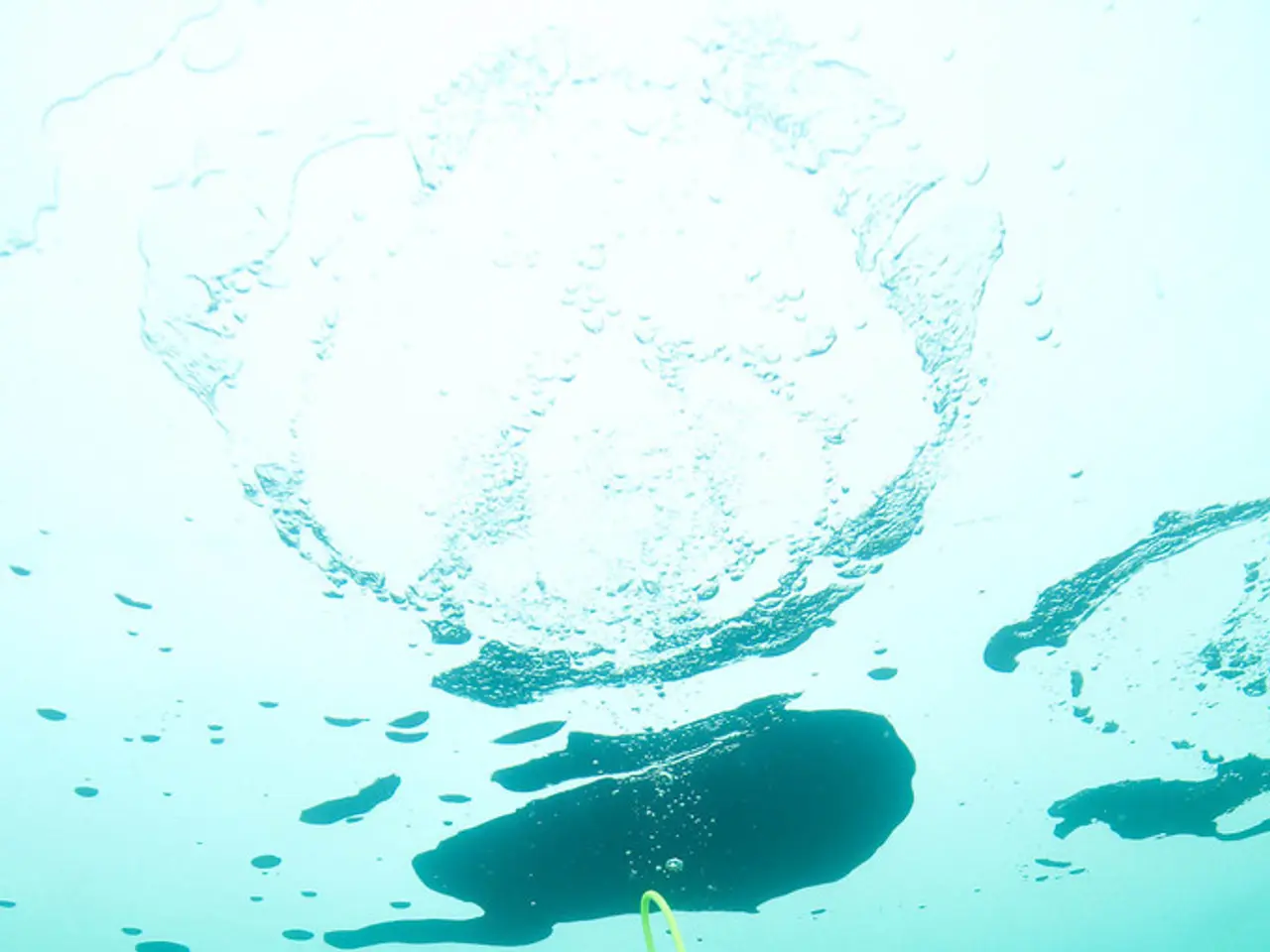Dive Safety Tips: Understanding 'Mask Squeeze' and Preventive Measures
In the world of scuba diving, two common issues that divers may encounter are mask squeeze and sinus infection. Understanding these conditions and learning how to prevent them is essential for a safe and enjoyable diving experience.
What is Mask Squeeze?
Mask squeeze occurs when the internal pressure of a diving mask does not equalize with the water pressure, causing the mask to be pushed against the diver's face. This physical phenomenon is explained by Boyle's Law, which states that as you descend, pressure increases and the air inside the mask decreases, creating a vacuum that pulls on your face if you don't equalize.
Common Causes of Mask Squeeze
Not equalizing internal pressure, poor equalization technique, using low-quality or poorly fitting masks, and beginner mistakes are common causes of mask squeeze. However, the type of mask doesn't affect mask squeeze as much as the lack of equalization. A poorly fitting face mask can make it worse.
Preventing Mask Squeeze
Proper techniques and good equipment can help prevent mask squeeze. A good quality scuba mask that seals perfectly, diving masks with clear lenses, and a silicone skirt that adapts to your face are all important factors. Additionally, not descending too quickly and using an adjustable face scuba mask can also help.
What is Sinus Infection?
Sinus infection occurs inside the sinus cavities when pressure rises or drops too quickly. Symptoms include pain in the forehead, headaches, congestion, nosebleeds, and can be prevented by equalizing properly and choosing good equipment.
Preventing Sinus Infection
The same methods used to prevent mask squeeze can also help prevent sinus infection. Equalizing properly and choosing good equipment are key.
Dealing with Mask Squeeze
If mask squeeze occurs, stop the dive if the pain is strong, rest, apply cold compresses to the affected area, and don't jump back into the water right away. It's not usually dangerous to dive if you have a subconjunctival hemorrhage from mask squeeze, but make sure it really was a scuba mask squeeze and nothing else.
When to Seek Help
When in doubt, see a specialist if the discomfort doesn't go away, sinus infection symptoms are intense, if you have blurry vision, obvious internal bleeding, or persistent facial pain.
Experienced divers avoid mask squeeze because it becomes instinct for them to equalize their mask the same way they equalize their ears. However, for beginners, it's essential to understand these conditions and learn how to prevent them to ensure a safe and enjoyable diving experience.






